7 Warning Signs that Your Child Has a Vision Problem
-
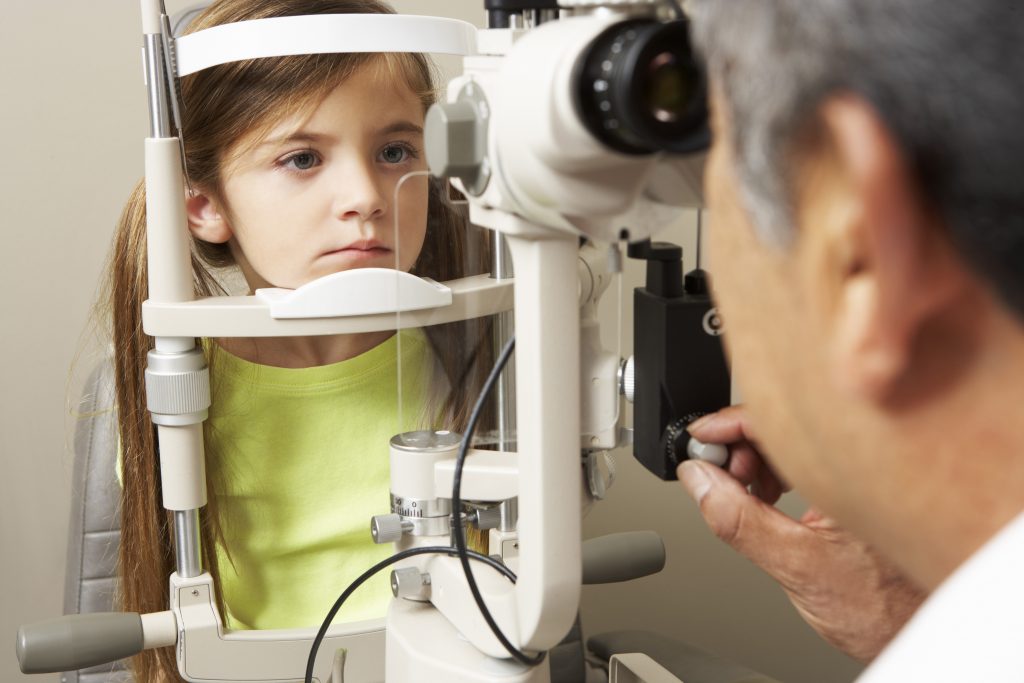
Healthy eyes play an essential role in all aspects of child development. If your child has an undiagnosed vision problem, it can impact the way they distill the world around them, affecting everything from learning to socializing.
The American Optometric Association (AOA) recommends that all infants should receive an eye exam by the time they hit six months. Additional comprehensive exams should follow at age three and before entering first grade (six to seven years old), then every two years until age 18.
In addition to following the AOA recommendation for getting your child’s vision tested, it’s important that you’re aware of the many warning signs associated with vision impairment in children. The earlier a problem can be detected and treated, the less likely it is to have a lasting, developmental effect.
Children are typically unaware that they have a vision problem, making it all the more important for parents to be on the lookout for warning signs. Here are seven red flags for vision problems in children:
-
1. Reading Issues
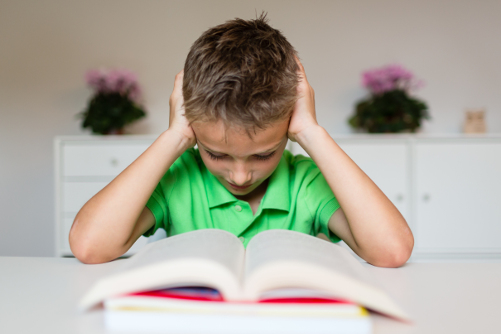
If your child has difficulty reading, such as frequently losing place or skipping words, this may be a sign of a vision problem like astigmatism. Children who constantly use a finger to keep their place while reading, or those that have low reading comprehension may be dealing with a treatable eye issue.
-
2. Drooping Eyelid
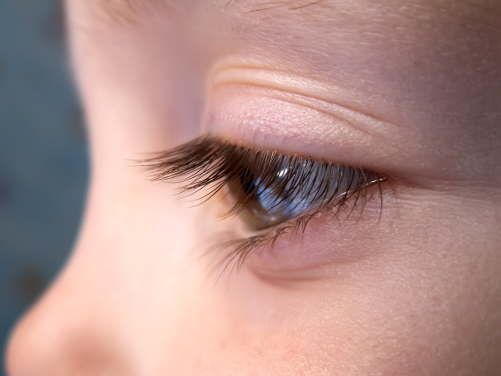
Ptosis (TOE-sis) is a condition that affects the muscle controlling the upper eyelid, causing it to sag and potentially distort vision. It is a relatively common issue with adults, caused as a natural part of the aging process. However ptosis can be present from birth, a condition referred to as congenital ptosis. If one or both your child’s eyelids appear to be drooping or sagging unnaturally, you should have an eye doctor evaluate him/her for ptosis. Untreated, ptosis can lead to lazy eye (amblyopia) and astigmatism.
-
3. Sitting Too Close to the TV
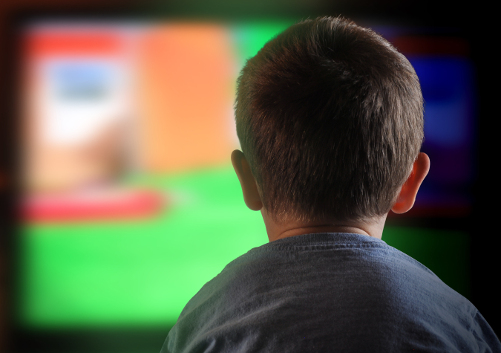
Does your child sit too close to the TV? Contrary to what you might think, this isn’t going to hurt their eyes (with the exception of causing some occasional eye strain). However, sitting too close to the TV could be the sign of nearsightedness. Your child may be sitting close to the TV because he/she cannot see clearly at normal viewing distances.
-
4. Rubbing Eyes
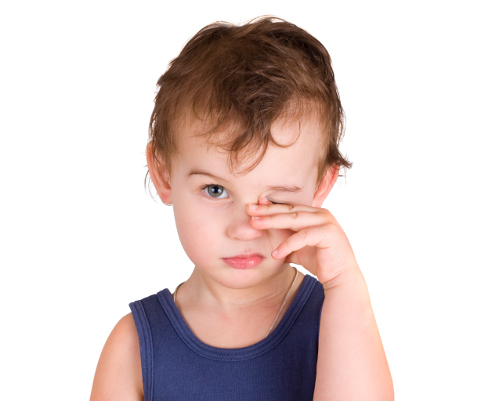
Occasional rubbing of the eyes is normal, such as when you’re tired. However, if you notice that your child is constantly rubbing his/her eyes, it could be a sign of a vision problem. Your child may be experiencing blurred vision or some other sort of distortion, and the rubbing may be an attempt to clear the problem as if it were something in the eye.
-
5. Light Sensitivity
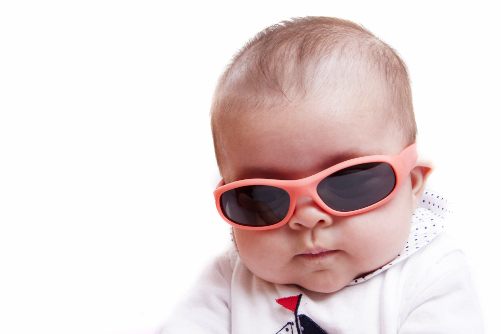
Does your child have an extreme sensitivity to light, even when indoors? This could be a sign of photophobia, a condition marked by light-induced eye discomfort. But it could also be the sign of a vision problem, including cataracts, kerataconus, corneal ulcers, eye allergies and more. Children who are overly sensitive to the light should be evaluated by an eye doctor.
-
6. Closing One Eye
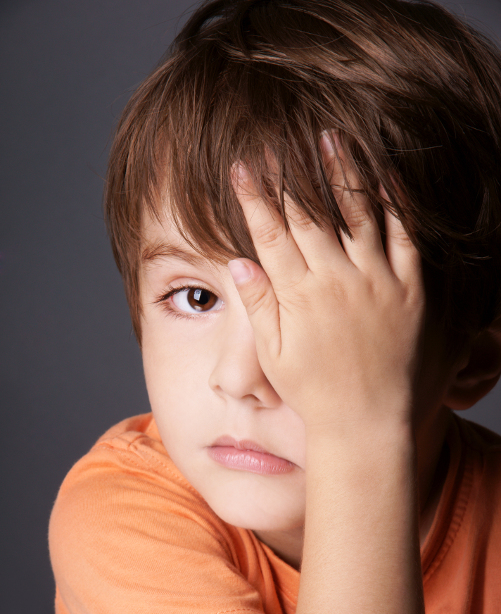
If your child closes one eye when watching TV or reading, this could signal a binocular vision issue. The eyes should work together as a coordinated team. If there is a binocular vision irregularity, your child could find it very difficult to focus on objects or read with both eyes open.
-
7. Frequent Headaches

Straining or squinting to see clearly can often result in headaches. If your child is frequently complaining of headaches, or you notice a consistent struggle to read or see objects, this could signal a vision problem.
-
Schedule a Consultation

Diagnosing a childhood vision problem as early as possible is important for ensuring optimal development. If you notice any of these warning signs of a vision problem, or you notice any other irregularities with your child’s vision, you should schedule a consultation with an eye doctor or ophthalmologist as soon as possible to have your child examined.







